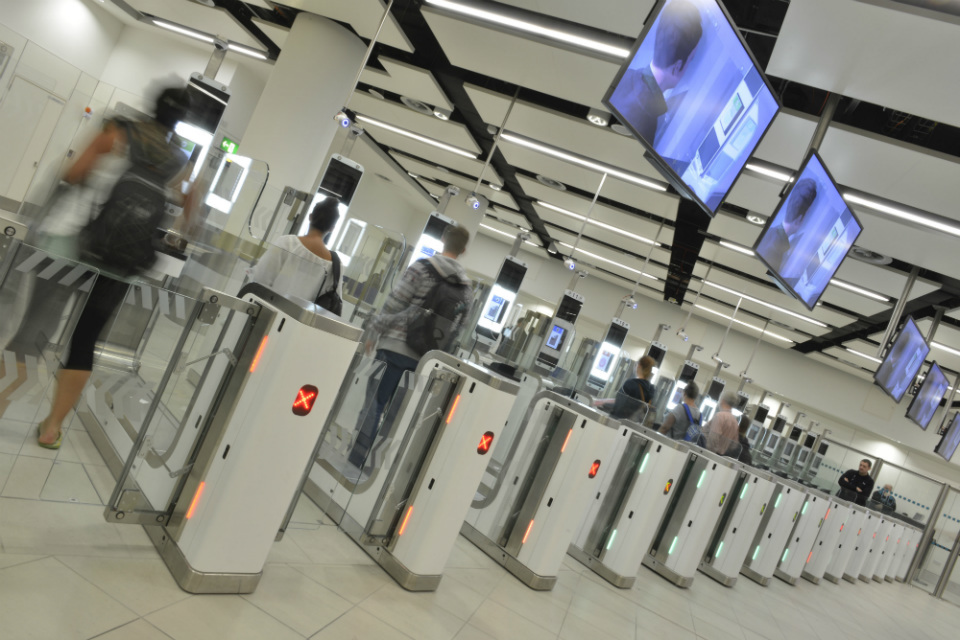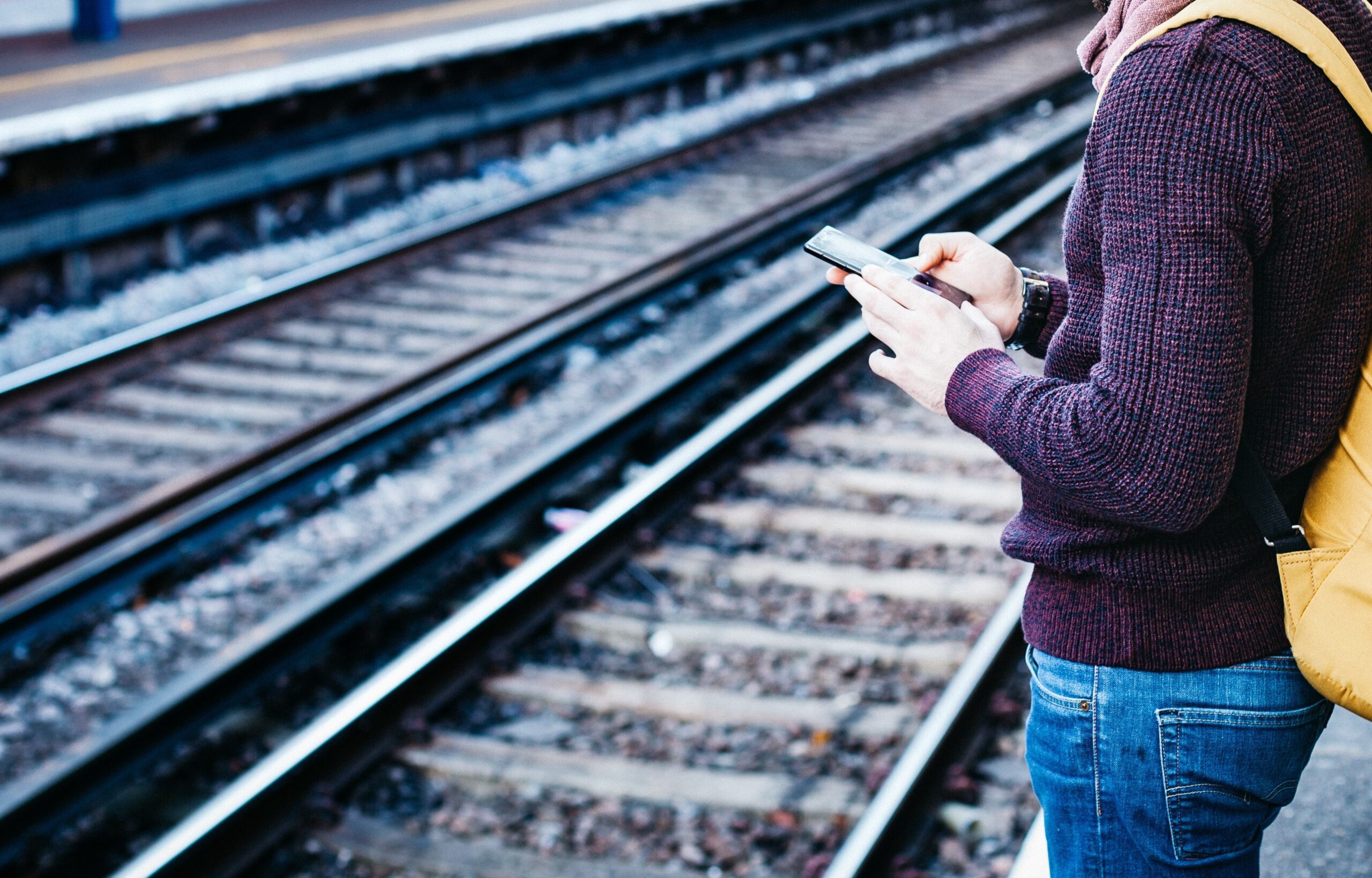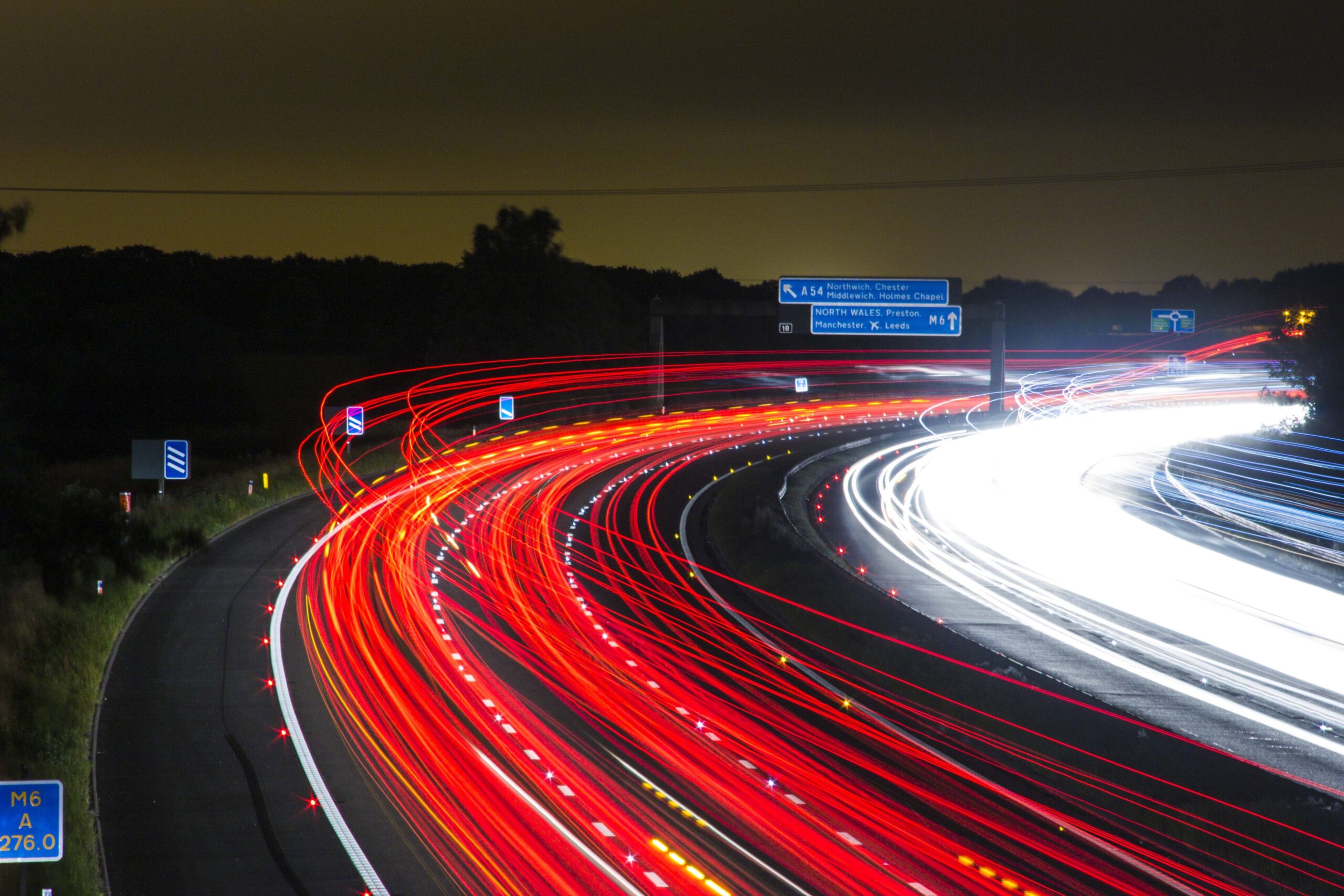Julie Lennard tells MPs ‘everything has been designed’ to operate onsite
Credit: StartupStockPhotos/Pixabay
Driver and Vehicle Licensing Agency chief executive Julie Lennard has told MPs that a number of shortcomings and unique circumstances fuelled the significant challenges her organisation faced in dealing with the coronavirus pandemic.
DVLA’s ability to deal with paper applications for driving licences and other documentation at its Swansea campus was massively impacted by restrictions on the number of staff who could work onsite during the Covid-19 lockdowns, the first of which commenced in March 2020.
A report from public-spending watchdog the National Audit Office earlier this month said DVLA only hit its target of processing 90% of paper driving-license applications within 10 days on eight of the 30 months between March 2020 and September this year.
Backlogs with paper-based applications continued until July this year. Overall licence applications peaked in September 2021, when there were 1.1 million applications in progress – which the NAO said was around five times more than the average number in progress in any month in 2019-20.
Appearing before members of parliament’s Public Accounts Committee to answer questions about the DVLA’s pandemic-time performance, chief exec Lennard said the organisation had been hampered by its reliance on onsite working for dealing with paper applications.
Related content
- DVLA signs £4m automation deal to help address pandemic backlog
- How digital services kept the DVLA on the road during 2020
- DVLA recruiting four senior techies to tackle legacy and help create ‘digital workplace’
Asked why the DVLA’s remote-working capability lagged behind that of other parts of government, Lennard said the prioritisation of security related to the database the agency uses and the fact that around 60,000 items of mail arrive at the Swansea campus every day underscored a focus on onsite working.
“We have such a vast amount of personal data,” she said. “It’s the closest thing that we have to an ID database in this country. “There’s a security risk because of the scale and the national security risk of a database of this nature. This isn’t just a GDPR issue. This is bigger than that, in terms of being able to keep that data secure when everything has been designed to do that by having onsite access.”
Lennard was asked why the Department for Work and Pensions had been able to rapidly adapt to remote working in a way that the DVLA had not.
“It wasn’t part of DVLA’s DNA to be able to have remote access to that level of data,” she replied.
Lennard said that although the DVLA had begun to migrate staff onto using laptops by the time the first wave of the coronavirus pandemic hit, there was no formalised remote working – although early-stage trials had commenced.
She added that no-one at the agency used the chat-based work platform Microsoft Teams before the pandemic hit. It became a working-from-home mainstay for many during the Covid lockdowns and was adopted by DVLA in 2020.
DVLA’s massive presence in Swansea – where its 6,200 staff are based – also hit the organisation’s resilience during the pandemic because it left the agency uniquely exposed to local infection rates, Lennard told MPs.
The agency opened an additional office in Swansea to provide more space for staff who needed to work onsite to do so safely, and then opened an outpost in Birmingham. However, Lennard said she now believed DVLA should have prioritised setting up the West Midlands office.
“We took the decision to have the building in Swansea, that first extra building, partly because of the ease of being in the same local area for things like training new staff and if we were having to move things between offices,” the chief exec told MPs. “Looking back and with benefit of hindsight, if we’d’ve had Birmingham first, that might have given us greater resilience. Because… at one point in December 2020, Wales had some of the highest infection levels in the world. Everything that happened in the local community was very much reflected in our own infection levels because everyone was out and about as well. We became very susceptible to whatever the local levels of infection were.”



